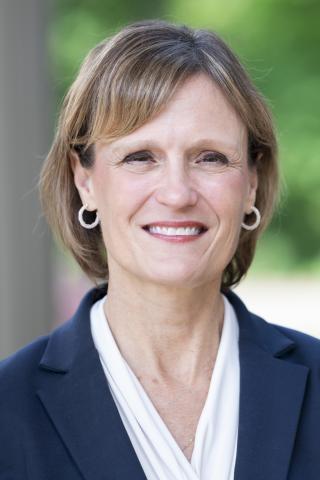Hit and run is a term used to describe several felony and misdemeanor offenses set forth in G.S. 20-166, a statute in which neither the term “hit” nor “run” appears. G.S. 20-166 criminalizes a driver’s failure to stop at the scene of a crash in which the vehicle he or she is driving is involved, ... Read more
The post Hit and Run appeared first on North Carolina Criminal Law.



